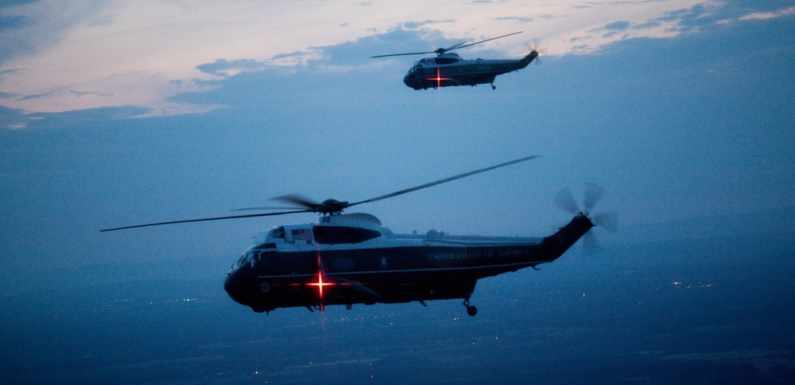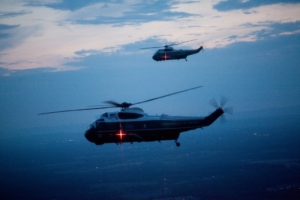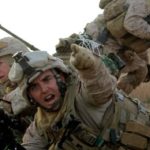
[Originally published at OpsLens.com]

1779: During what is perhaps the worst winter of the century, Gen. George Washington’s army establishes their winter camp at Morristown, N.J.
1918: The American Army of Occupation enters Germany. Rejecting the Treaty of Versailles, the United States technically remained in a state of war against the Germans until 1921 when a separate peace agreement was signed.
1921: Lt. Cmdr. Ralph F. Wood departs Norfolk, Va. in a blimp for Washington, D.C. in the first flight of a helium-filled aircraft.
1941: With the Japanese fleet secretly steaming towards Pearl Harbor, Japanese emperor Hirohito signs a declaration of war against the United States.
1941: The Civil Air Patrol is established. Originally intended for reconnaissance, civilian planes are eventually fitted with bombs and depth charges when German submarines begin attacking U.S. shipping on the east coast. During the war, CAP pilots would log half a million hours, spotting 173 submarines, hitting 10 and sinking two – at the cost of 64 pilots.
1943: The Teheran Conference between Franklin Roosevelt, Winston Churchill, and Joseph Stalin concludes. The three leaders agree on plans to invade western Europe in May, 1944; to invade southern France; and that the Soviets would join the war against Japan once the Germans were defeated.
1943: The improved P-51D “Mustang” is sent into combat for the first time, during a fighter sweep over Belgium. By war’s end the Mustang will shoot down nearly five thousand German planes – an incredible 19 enemy fighters per Mustang lost. The P-51D will also see service in the Pacific Theater, and later provide close air support for troops during the Korean War.
1949: The Marine Corps’ first helicopter squadron, HMX-1, is commissioned at Quantico, Va. Today, HMX-1 is tasked with transportation of the president, vice president, and other high-ranking military and government officials.
1950: Col. Allan MacLean’s Regimental Combat Team 31 is annihilated by Chinese forces during the Battle of the Chosin Reservoir. Although enemy casualties are extremely heavy, over 1,000 U.S. soldiers are killed (to include Col. MacLean), freeze to death, or die in Chinese captivity. After the battle, only 385 of the task force’s original 3,200 soldiers are fit for duty.
1969: The U.S. government holds its first draft lottery since 1942.

